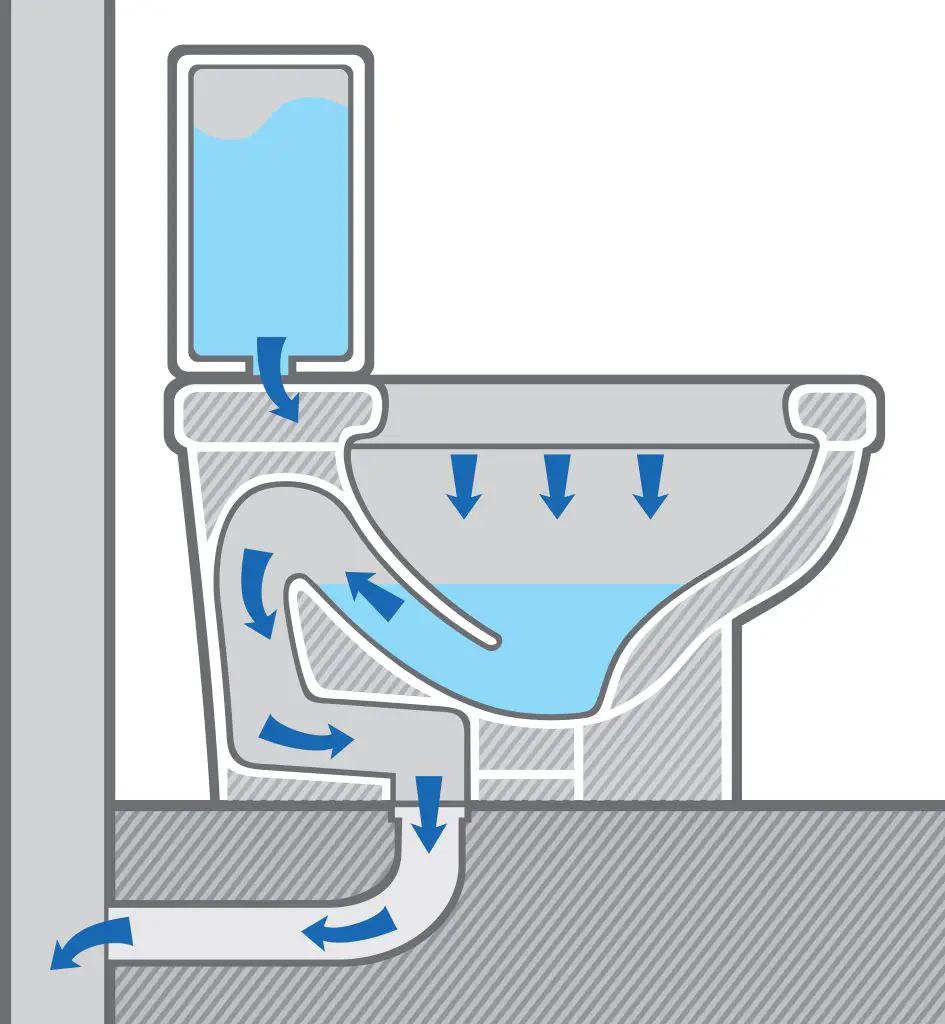
Have you ever wondered if your toilet is leaking? One creative way to find out is by using a simple household item: Kool-Aid!
That’s right, the popular powdered drink mix can help you detect if there’s a leak in your toilet tank that’s causing water to continuously flow into the bowl, even when it’s not in use. It’s a fun and easy DIY test that can provide valuable insights into the health of your toilet’s plumbing system.
Why Use Kool-Aid?
You might be wondering, why Kool-Aid? Well, Kool-Aid contains food coloring that can easily turn your toilet water blue.
By placing a small amount of Kool-Aid powder in the toilet tank, you can create a simple and effective leak detection system. If the water in your toilet bowl turns blue after a few minutes, it indicates that water is leaking from the tank into the bowl, causing the dye from the Kool-Aid to spread.
This can be a sign of a faulty flapper or fill valve, which are common parts that can leak in a toilet tank.
Detecting Toilet Leaks
To test for toilet leaks using Kool-Aid, follow these simple steps:
Step 1: Gather Your Materials
You’ll need a packet of Kool-Aid powder in a bright color, such as blue or red, a small container to hold the powder, and a toilet that you suspect might have a leak.
Step 2: Turn Off the Water Supply
Before conducting the test, you’ll need to turn off the water supply to your toilet.
Locate the shut-off valve, which is usually located on the wall or floor behind the toilet, and turn it clockwise to close it. This will prevent water from flowing into the tank during the test.
Step 3: Add Kool-Aid to the Toilet Tank
Open the toilet tank lid and carefully pour the Kool-Aid powder into the tank. You only need a small amount, about a quarter of the packet, as Kool-Aid is highly concentrated and will quickly color the water.
Be careful not to let any Kool-Aid powder get into the toilet bowl.
Step 4: Wait and Observe
After adding the Kool-Aid powder, wait for a few minutes and observe the toilet bowl. If the water in the bowl starts turning blue, it’s a clear indication that water is leaking from the tank into the bowl.
This can be caused by a faulty flapper or fill valve, which are inexpensive and relatively easy to replace.
Step 5: Take Action
If you notice that your toilet bowl water is turning blue from the Kool-Aid, it’s time to take action. First, try adjusting the flapper or fill valve to see if it stops the leak.
If that doesn’t work, you may need to replace the faulty part. It’s important to fix a leaking toilet as soon as possible, as it can waste a significant amount of water and result in higher water bills.
Benefits of Using Kool-Aid
Using Kool-Aid to detect toilet leaks has several benefits. First, it’s a simple and affordable DIY method that doesn’t require any special tools or equipment.
Kool-Aid powder is readily available in most grocery stores and is inexpensive compared to other leak detection methods. Additionally, Kool-Aid comes in a variety of bright colors, making it easy to see if there’s a leak in your toilet tank.
It’s a fun and creative way to troubleshoot plumbing issues and can be a great project for DIY enthusiasts or those who want to involve their kids in household maintenance tasks.
Overall
If you suspect that your toilet might be leaking, using Kool-Aid can be a fun and effective way to confirm your suspicions. With just a small amount of Kool-Aid powder and a few minutes of observation, you can easily detect if water is leaking from your toilet tank into the bowl.
If you notice the water in the toilet bowl turning blue, it’s a sign that you may have a faulty flapper or fill valve that needs to be addressed.
Fixing a leaking toilet is important to conserve water and prevent unnecessary water wastage, which can add up to higher water bills over time. Additionally, fixing leaks promptly can help prevent potential damage to your toilet and bathroom flooring caused by continuous water flow.
Remember, always exercise caution when working on your toilet or plumbing system. If you’re not comfortable or experienced with DIY repairs, it’s best to seek the help of a professional plumber to avoid causing further damage or creating additional issues.
So, the next time you suspect a toilet leak, don’t hesitate to reach for a packet of Kool-Aid and conduct a fun and easy DIY test. It’s a creative and effective way to detect toilet leaks and take action to fix them promptly. Your wallet and the environment will thank you!

More interesting articles you may be interested in reading:

Potato Grow Bags: The Key to a Convenient, Pest-free, and Bountiful Harvest
Fluffy Miniature Cows Are SO CUTE and They Make GREAT PETS.
20 Ways to Deter Rabbits from Eating Your Garden
How To Get Rid Of Wasps With Just A Brown Paper Bag
How To Get Rid Of Any Burrowing Animals With This Dawn Soap Solution
Thanks for reading and be sure to share this info with your friends using the social share buttons below.
Talking about social stuff, consider liking our Facebook page to keep up to date with our articles. Check out our other articles for more mental scoops!
